Historic Preservation Planning 101




September 7th 1:45pm

Panel Participants

• Blair Knighting, AICP


• Jenny Wolfe, AICP

• Melissa Dunklin, CPM
• Adrienne Burke, AICP, Esq.
What is Historic Preservation?
• A way for us to preserve our past for future generations
• National Preservation Act of 1966 was established to identify and protect historic resources at the federal, state, and local level such as;
• Archaeological sites
• Built environment



• Cultural heritage sites

• The Preservation Act gave governmental agencies the tools to protect significant sites that are over 50 years old
• Just because it is old does not mean it is significant
• (age, integrity, and significance)
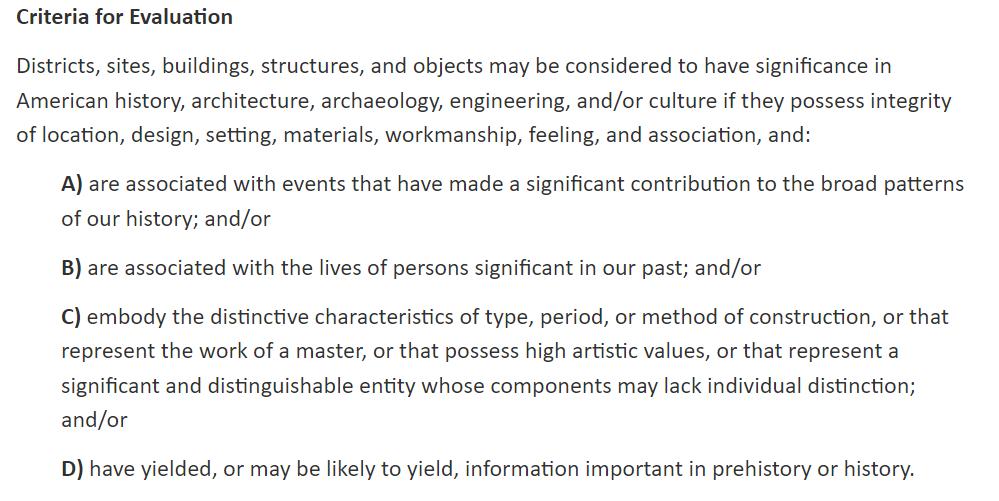

National Register of Historic Places Criteria




Developing a Historic Preservation Plan for St. Augustine
APA Definition...


• It is a formal written document that reconciles policies and procedures regarding the community’s historic resources into a coherent whole; it is the basis for the community’s preservation program.
...and similar to a Comprehensive Plan
1. Plan is future oriented
2. Plan is a set of policies (strategies) which must be periodically reevaluated and amended
3. Based on present and projected conditions

4. Plan is comprehensive

In other words:

• Why is historic preservation important to our community?
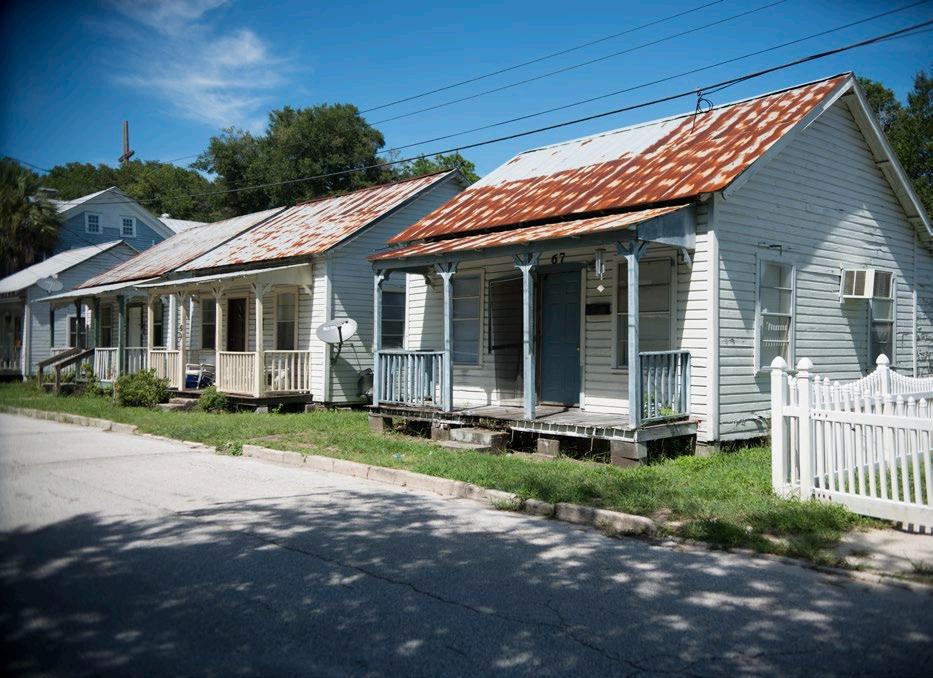
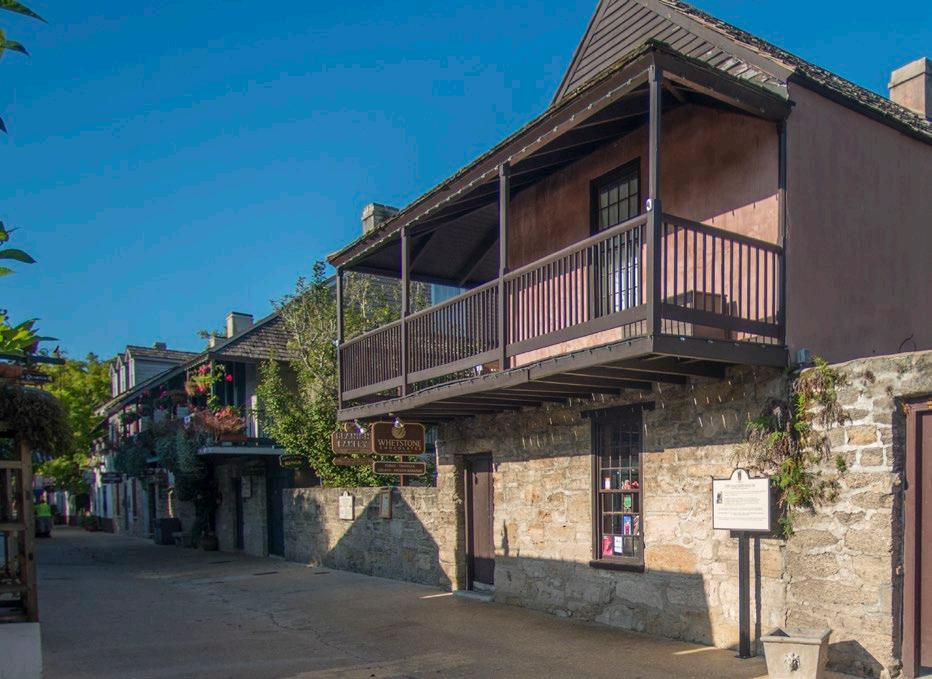
• What elements of our heritage do we want to preserve?


• What have we previously done to preserve and protect that heritage?
• What are we currently doing to preserve and protect that heritage?
• What should we do to preserve and protect it in the future?
• When do we want to begin that additional protection?

Develop Implementation Plan

Information
Gathering
Key Parts of the Process:
• Bring in the public at the beginning with unbiased professional resource
Public Input
• Collect current and past studies and ordinances


• Conduct public outreach in multiple venues, formats, audience size
Finalize Recommendations
Forming
Recommendations

• Present draft strategies for discussion
• Finalize the plan
More Public Input
• Incorporate the plan into the Comprehensive Plan
• Evaluate progress




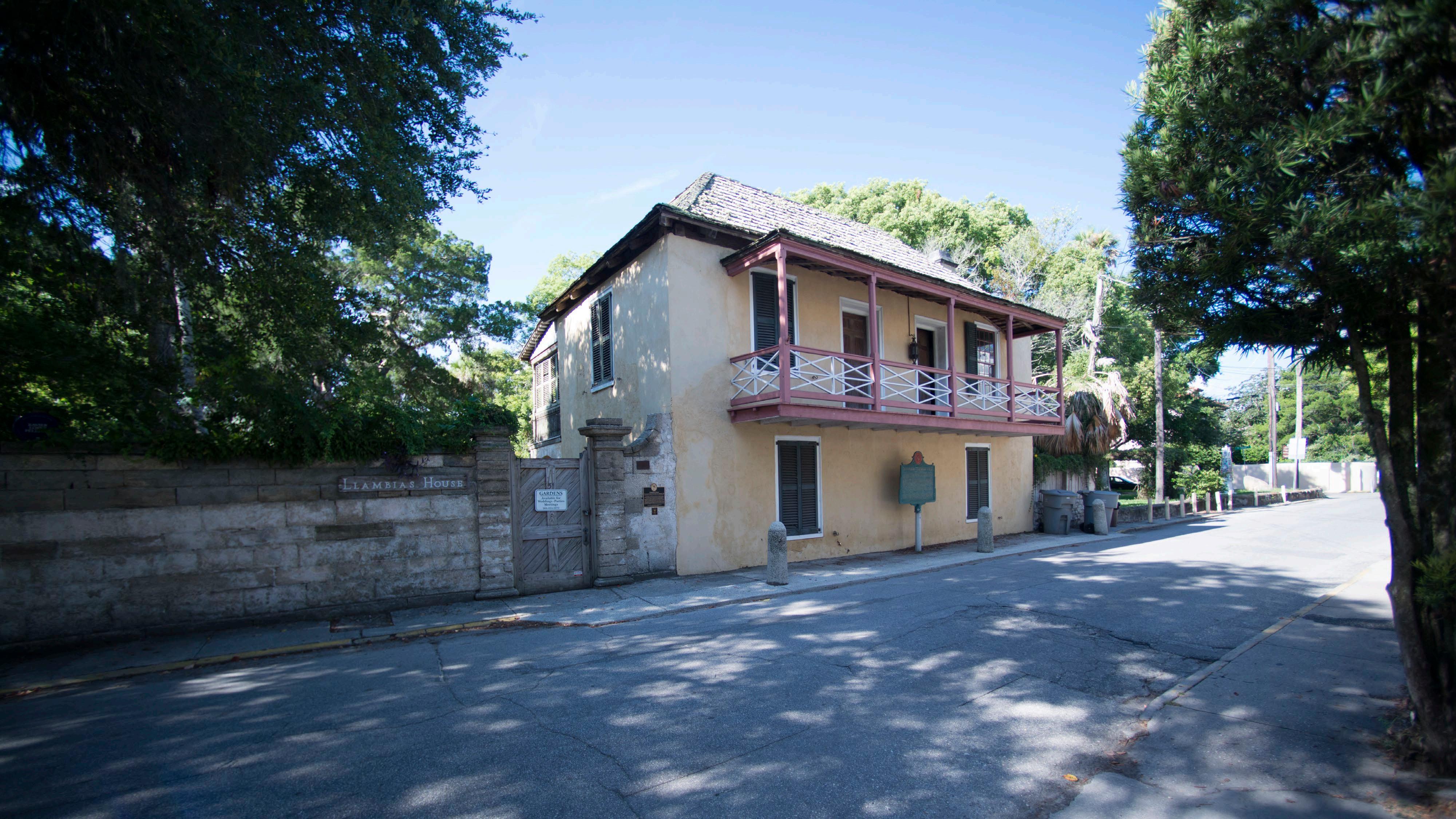



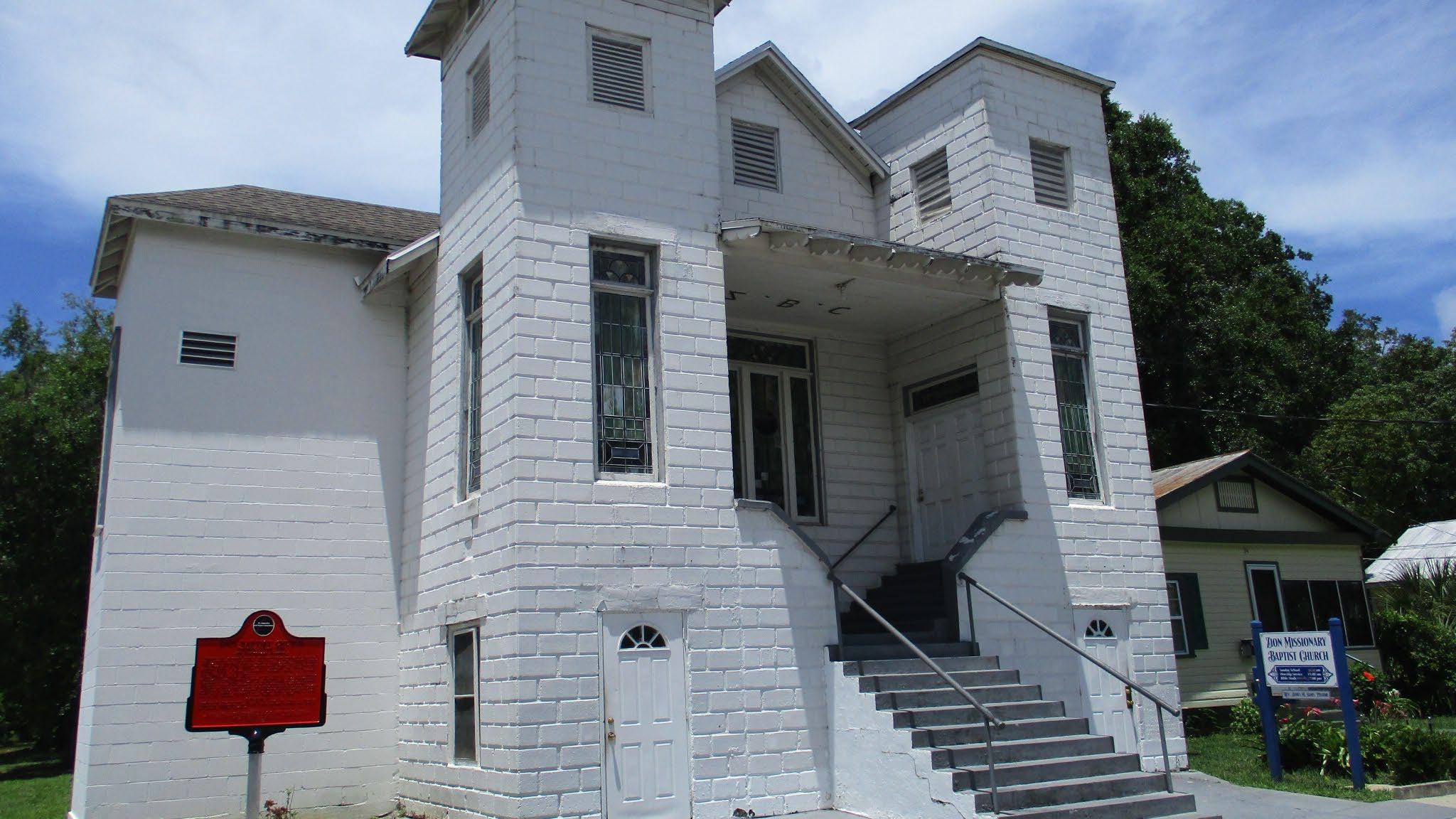

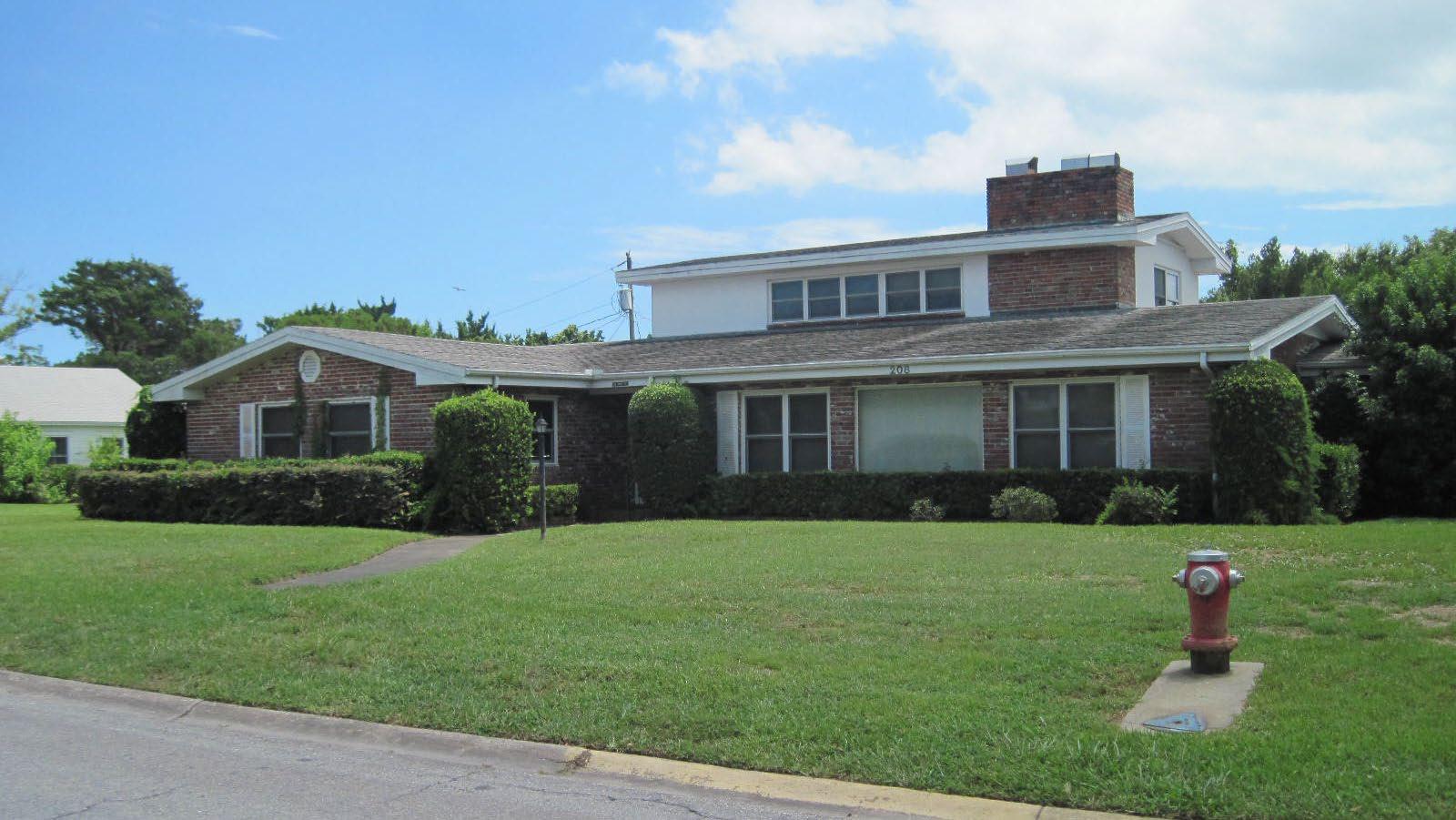
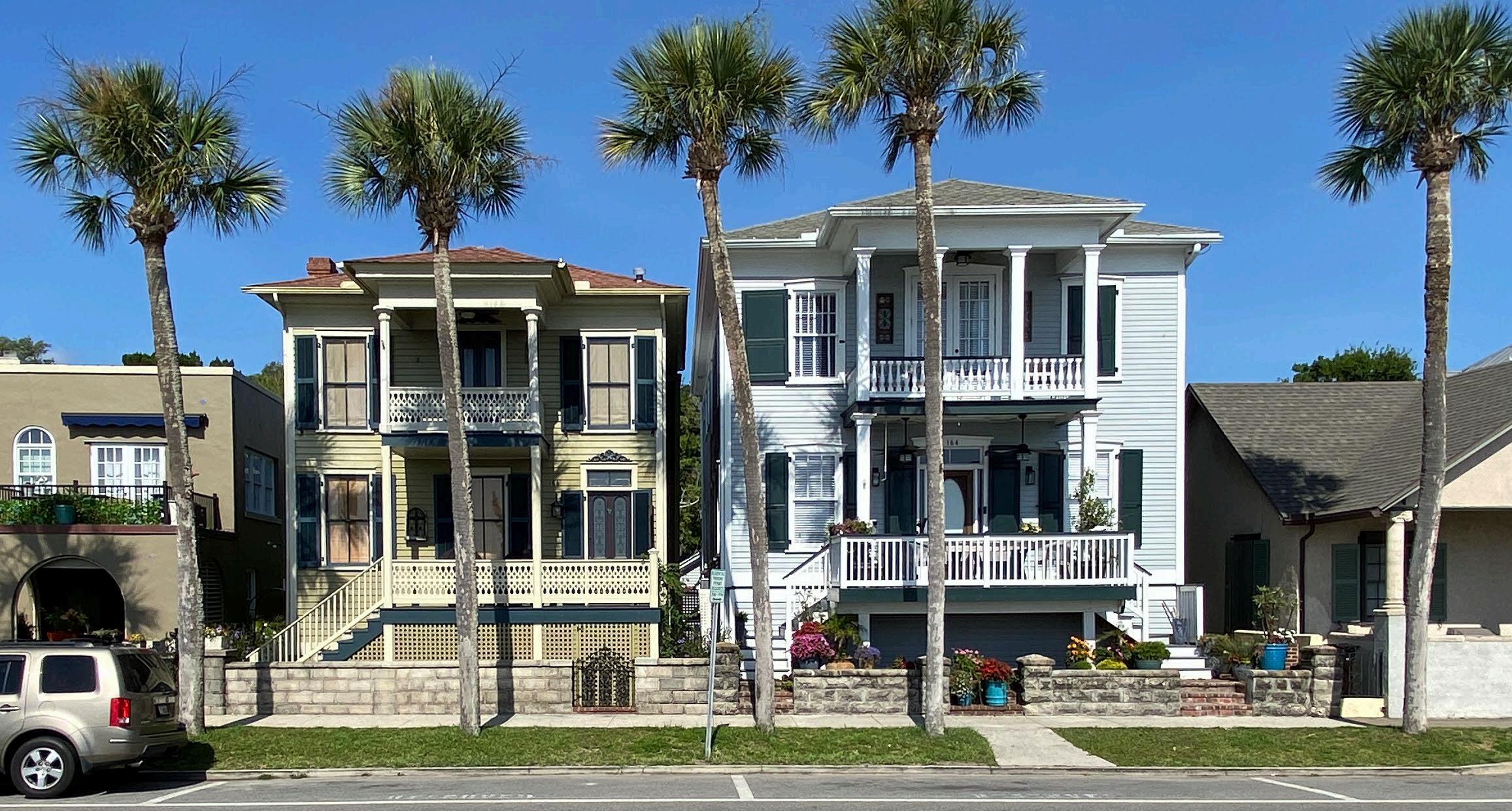
What were the findings?
• Resilient Heritage
• Design Guidelines update




• HP Demolition Ordinance updates
• Flood Mitigation Design Guidance
• Historic Resource Inventory Updates
• Civil Rights Sites
• Story Maps with ArcGIS
• Heritage Tours
• Oral histories
• Brick and mortar rehabilitations
Key Outcomes...
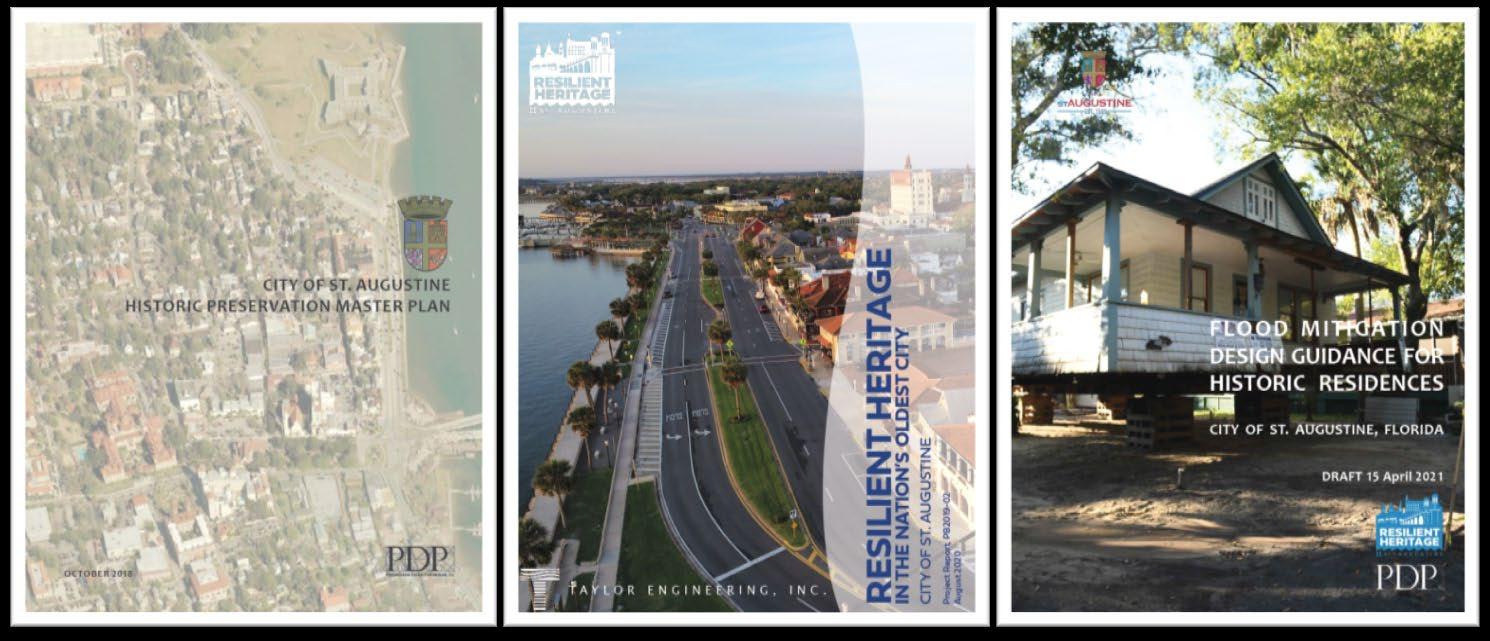








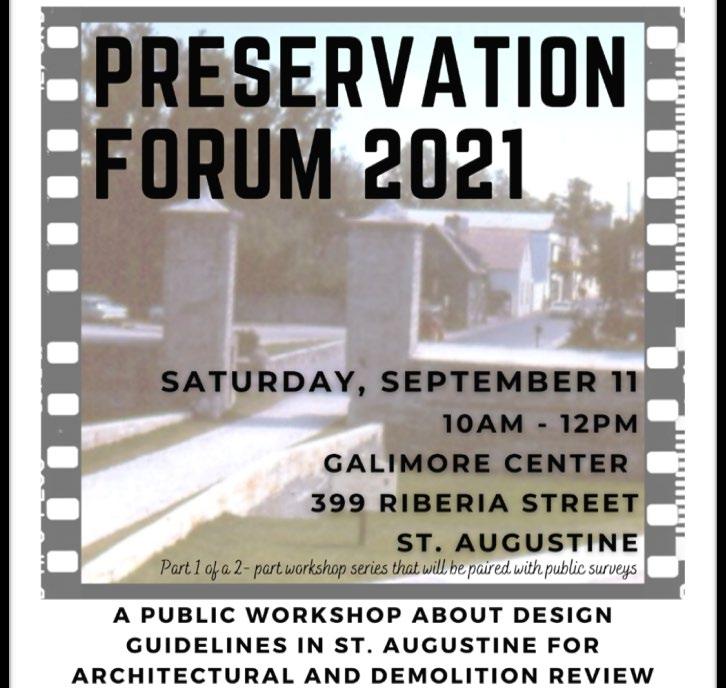






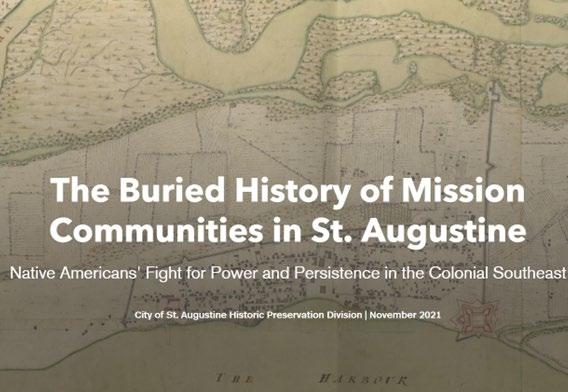
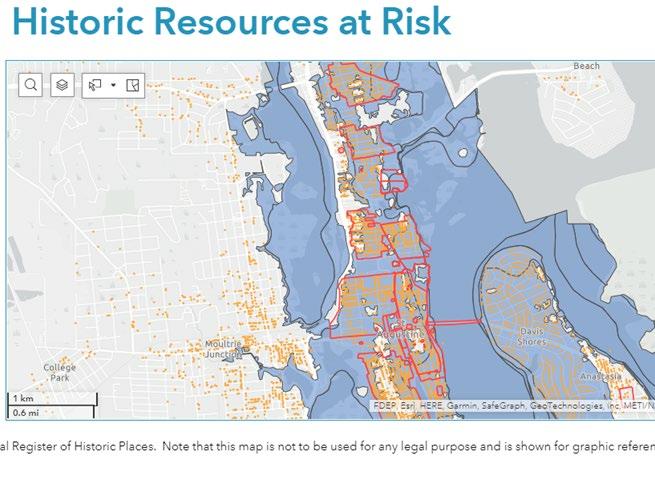
Not Just Historic Districts….
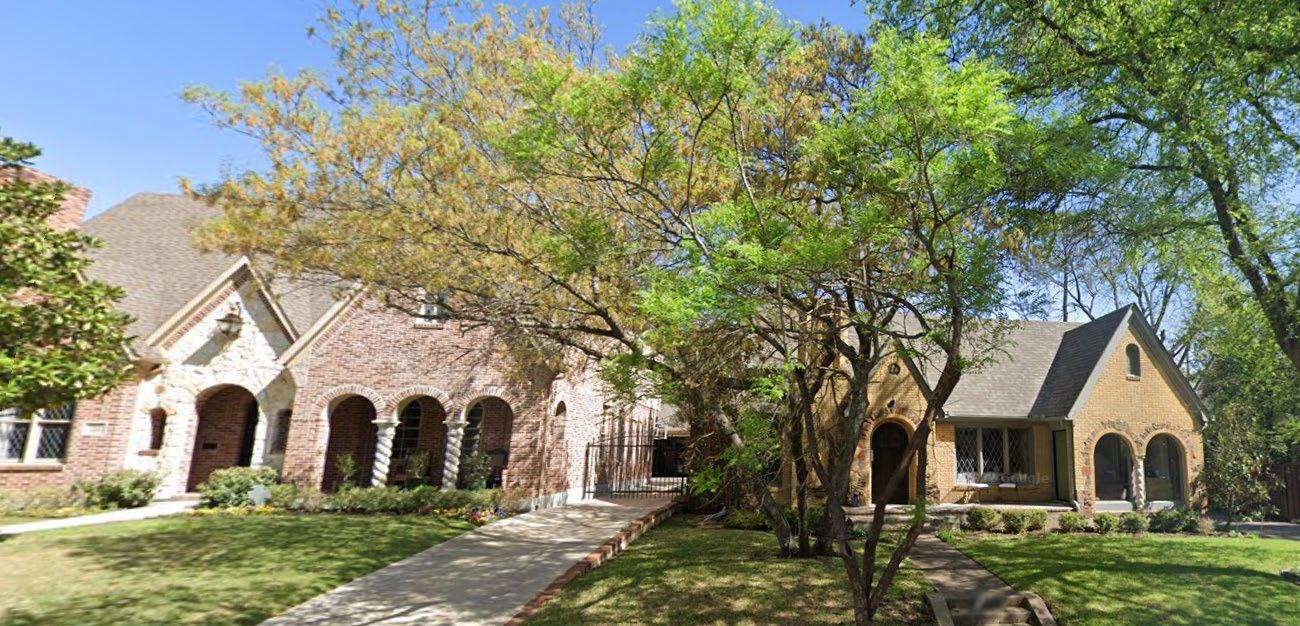
Conservation Districts
Zoning Overlays




•
•
•


Why alternatives?
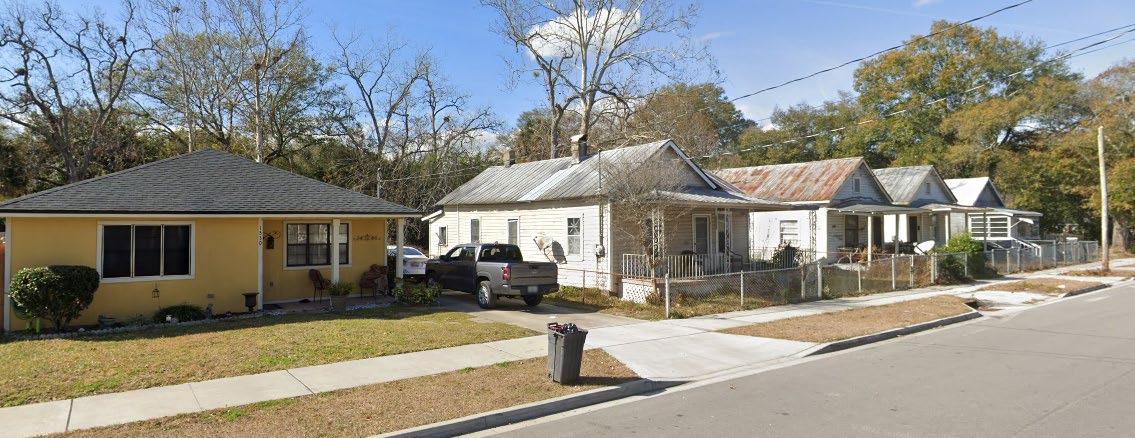
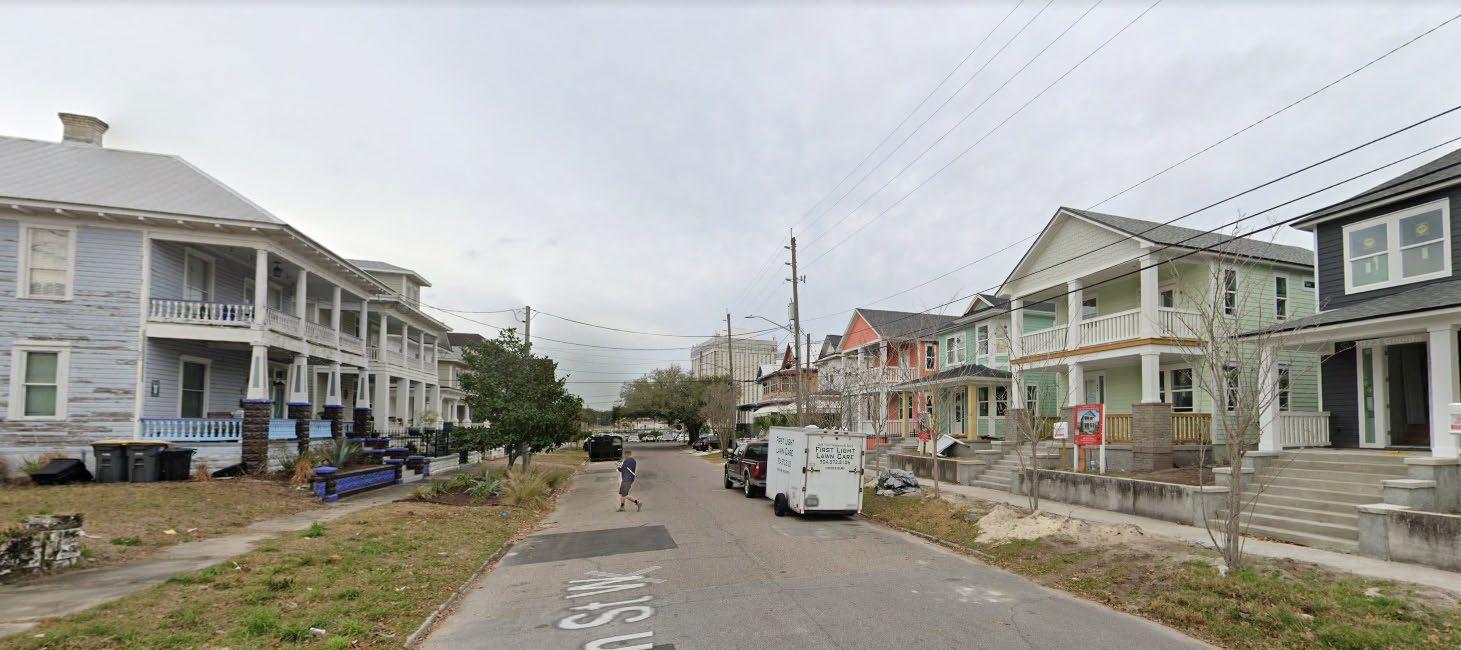
Keeps the character without being overly restrictive




Miami’s Conservation Districts

• Coral Gate
• Height and use regulated

• Charles Avenue
• Requires a Class II Special Permit prior to permit issuance
• Regulates height, bulk, demolitions, new buildings, etc.


• Coconut Grove
• Residential section contains its own zoning regulations
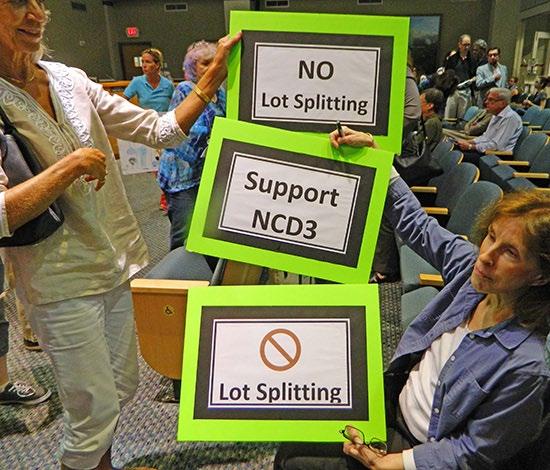
Zoning Overlays


• Riverside/Avondale Zoning Overlay
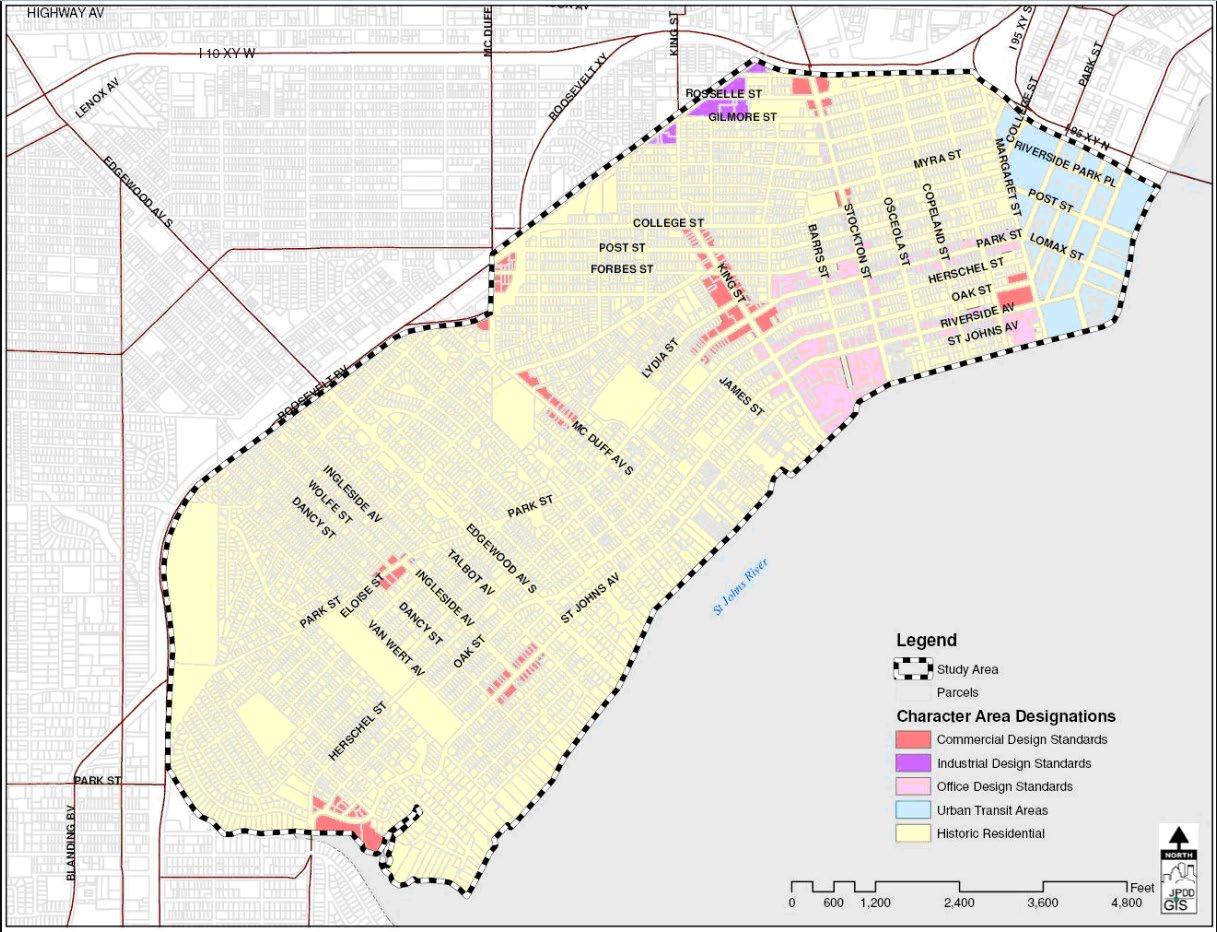
• Broken up into “Character Areas”
• Commercial
• Industrial
• Office Design


• Urban Transit Areas
• Historic Residential
Riverside/Avondale Zoning Overlay

• Specific bulk regs
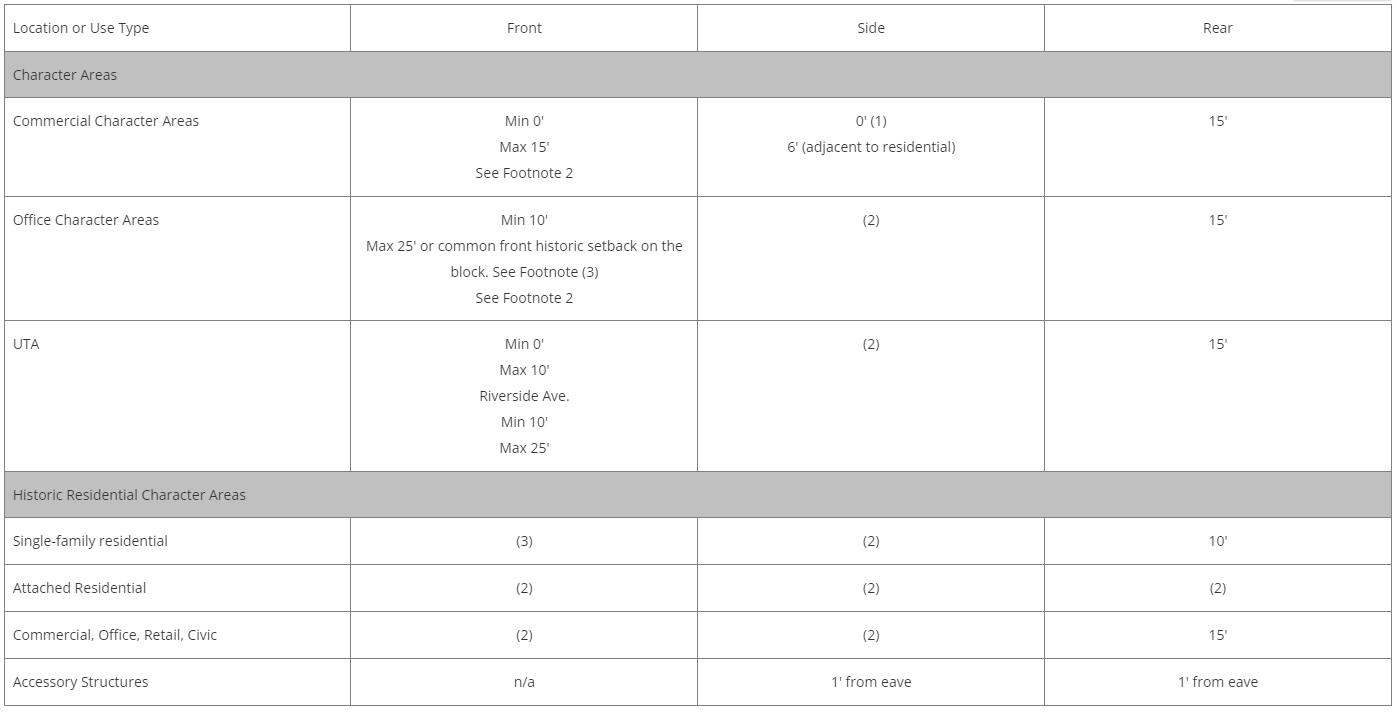
• Reduced parking in commercial areas


• Contributing-zero parking req


• Unless a rest-50% of req parking
• On-street allowed to count
•
Down to the Roots
HISTORIC PRESERVATION PLANNING 101
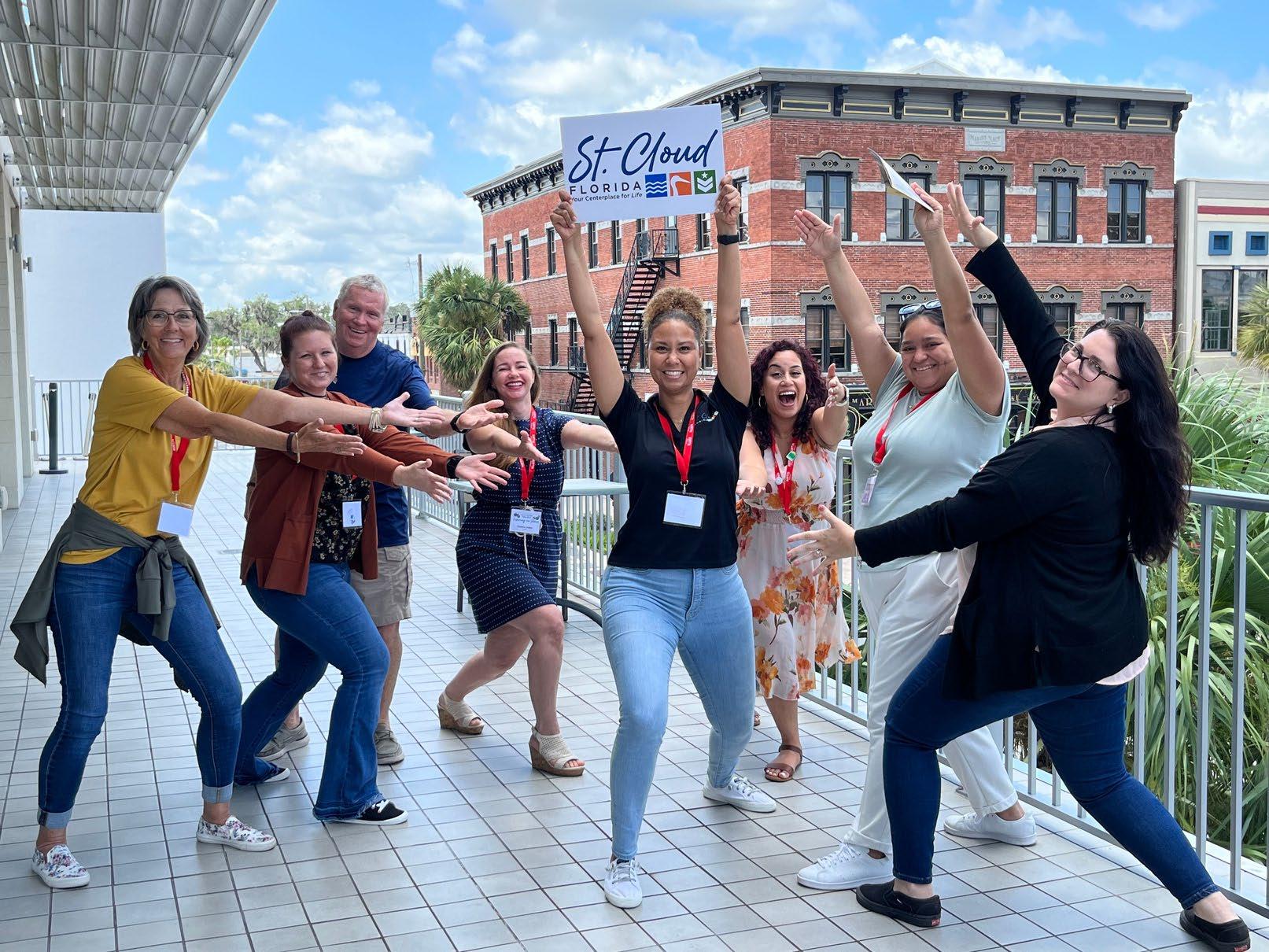
MELISSA DUNKLIN, CPM
COMMUNITY DEVELOPMENT DIRECTOR


CITY OF ST. CLOUD


BENEFITS OF HISTORIC PRESERVATION

• Economic Development


• Sense of Place
• Citizen and Visitor Engagement
•


Community Character
• Education
• Honoring History
1 National Register Designation

2 Historic Preservation Board


IS IT POSSIBLE TO IMPLEMENT HISTORIC PRESERVATION WITHOUT LOCAL HISTORIC DISTRICTS?
3 Plaque Program

4 Marker Program
5 Preservation Award Program
6 Preservation Plan
7 Tourism ProjectsBrochures, QR Codes, Social Media

PLAQUE PROGRAM

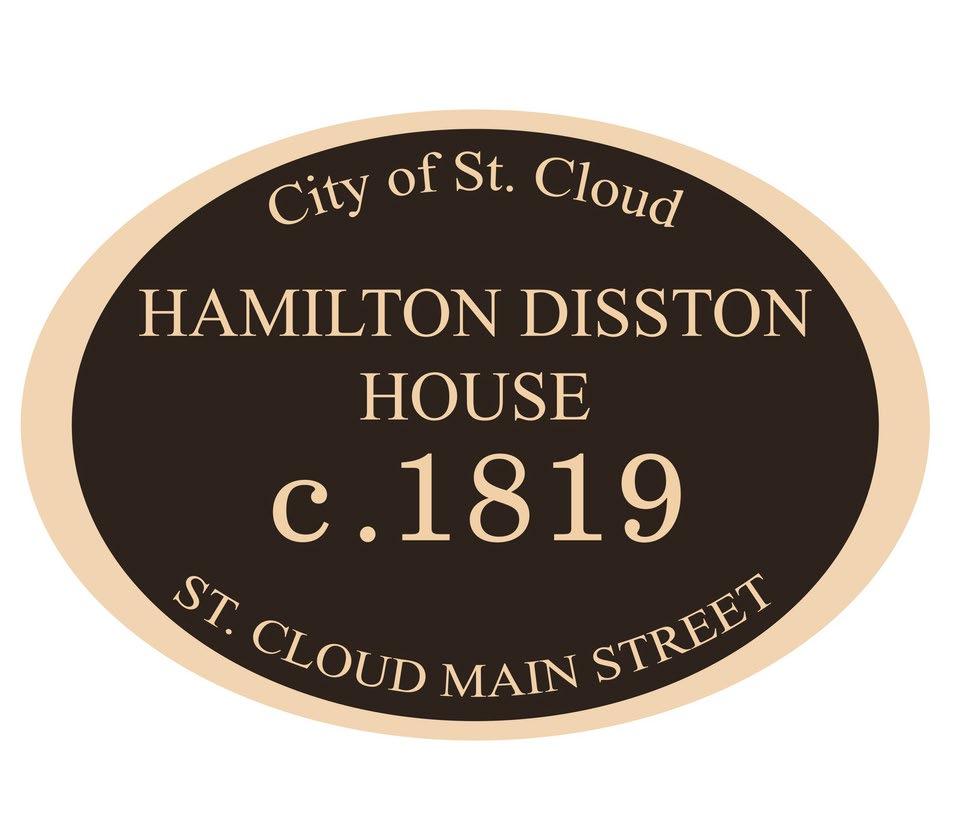



 The plaques are installed to the right or left of the entry door, at eye level.
The plaques are installed to the right or left of the entry door, at eye level.
STATE HISTORIC MARKER PROGRAM




St. Cloud has 9 State Historical Markers located in the downtown area.

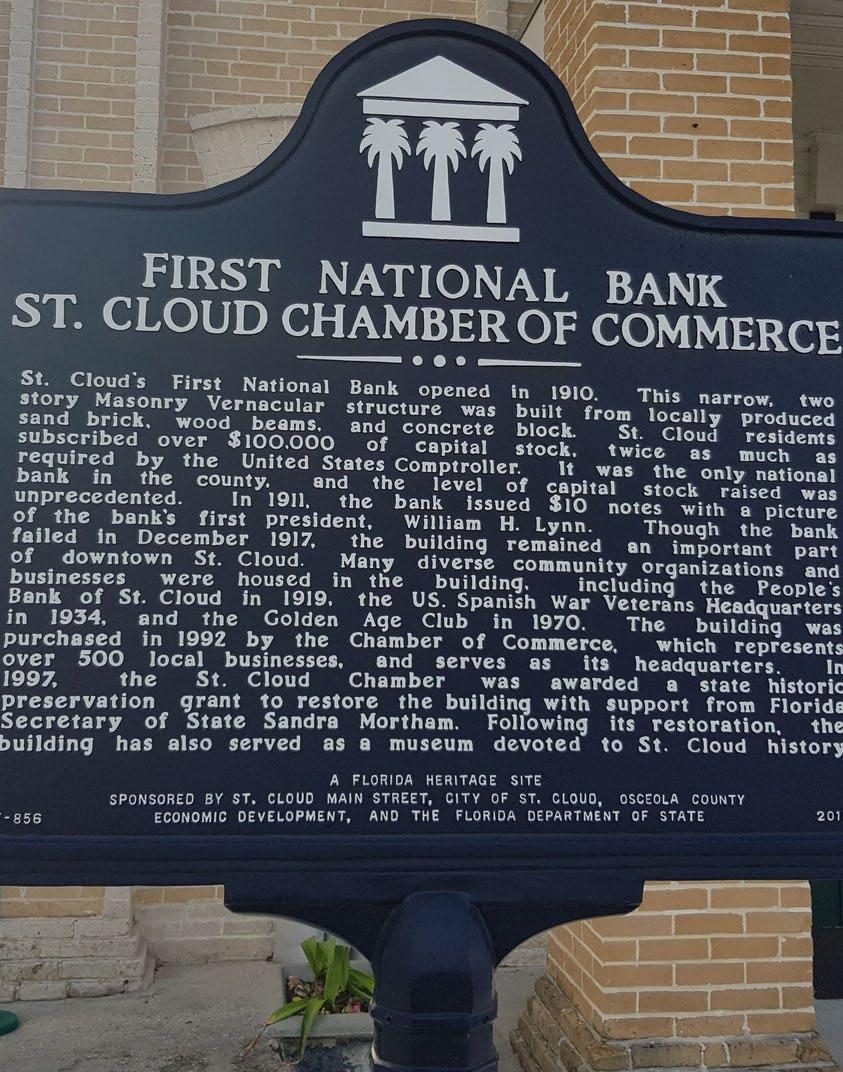
AWARD PROGRAM




Recognizes property owners and/or organizations who have worked to further the cause of historic preservation.

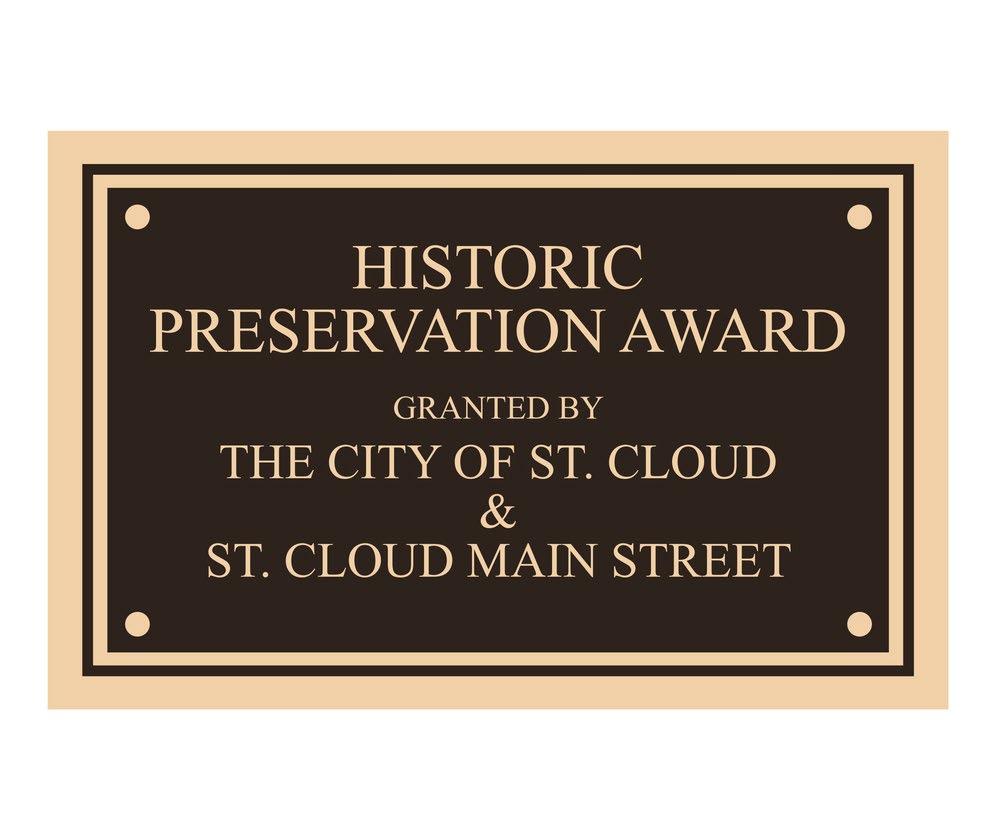





WHAT HAVE WE ACCOMPLISHED WITH A LOCAL HISTORIC DISTRICT? 1 Historic Preservation Ordinance 2 Certified Local Government
HPB Workshops and Training
Annual Report to City Council
COA Process
CRA Grant Coordination
3
4
5
6
AWARDS

STATEWIDE RECOGNITION


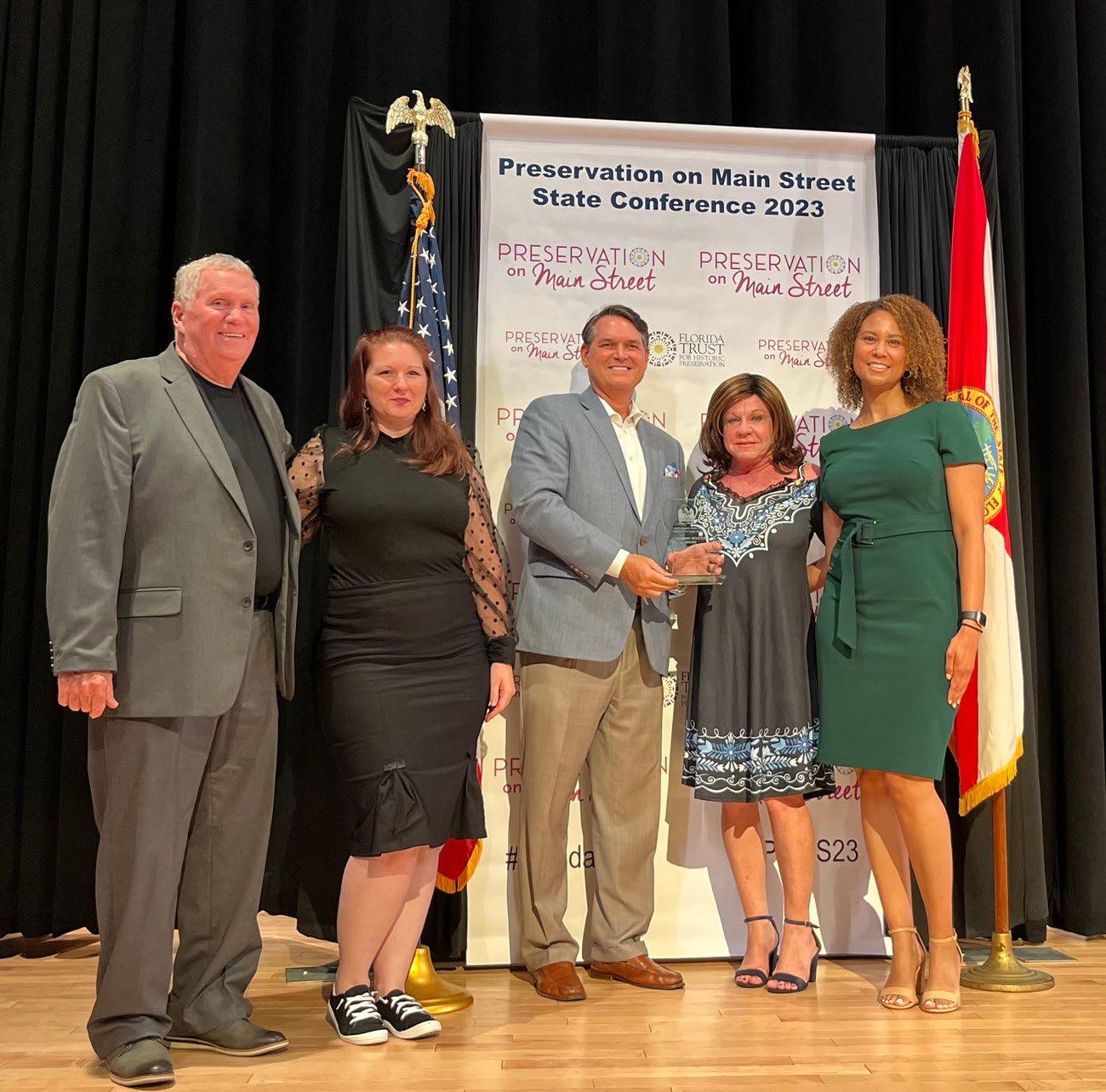






CHALLENGES THANK YOU! Melissa Dunklin, CPM melissa.dunklin@stcloudfl.gov 407 - 957 - 8428
Integrating Equity + Resilience into HP


• Think about historic preservation beyond the building and integrate cultural heritage
• Shifting government involvement from solely regulatory to something else
• Check out: City of San Antonio, City of Tacoma, WA, City of San Francisco


• Seek to cultivate relationships and partnerships with community and organizations
• Understand realities of sea level rise/flooding/storm surge impacting your historic resources
Strategies to move towards equity
• Understand your community’s planning history

• Data audits

• Expand preservation ordinances


• Historic context statements
• Heritage markers and interpretation
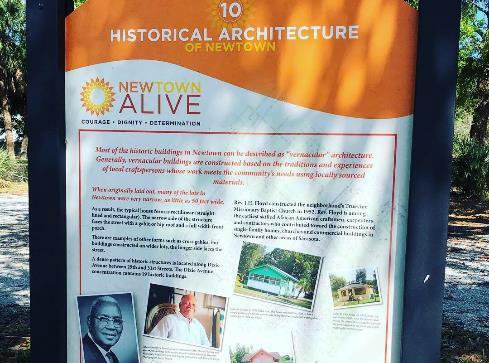
• Placekeeping initiatives
• Public art
• Surveys
• Community events
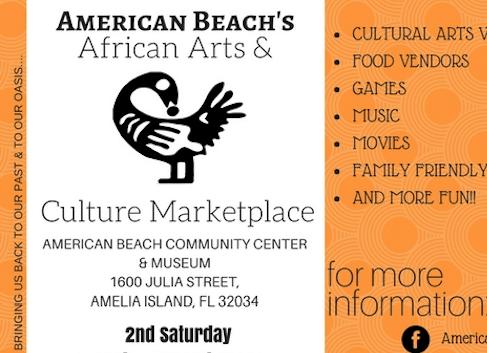
Preservation Equity Resource List
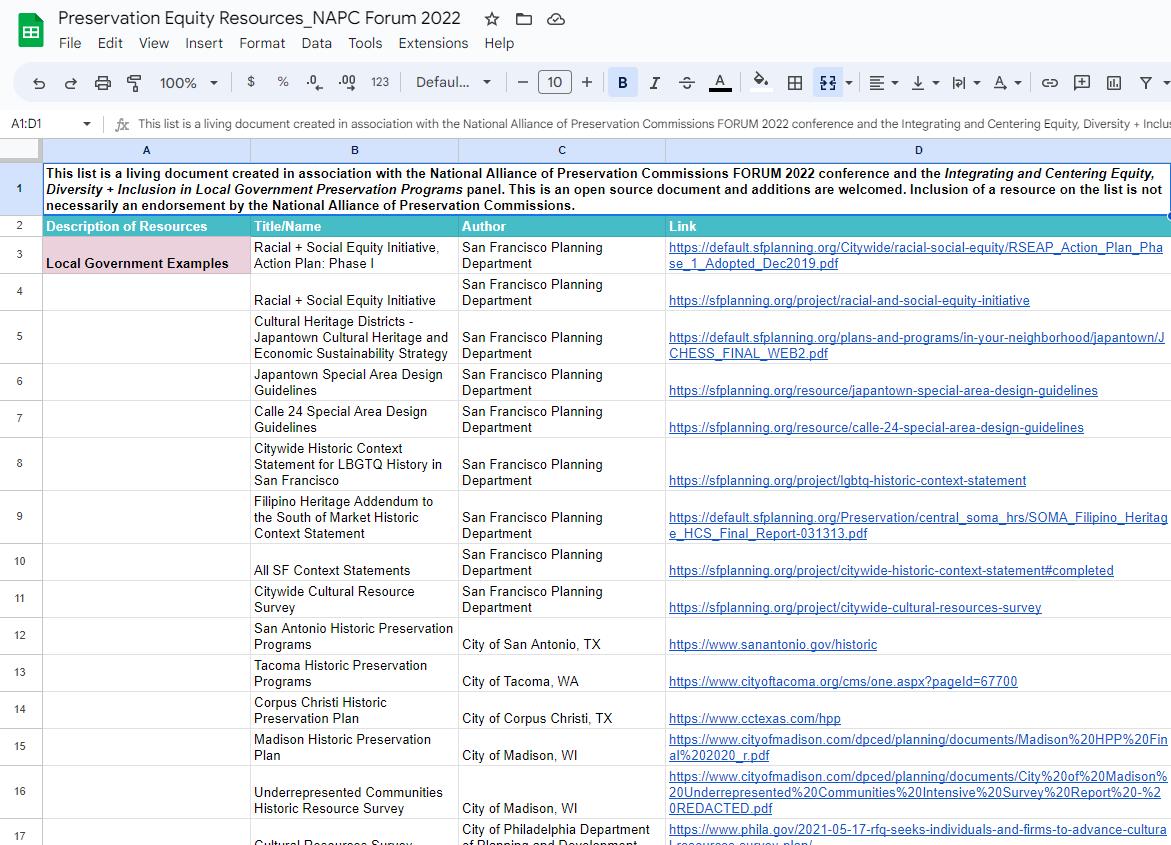
• Created as part of National Alliance of Preservation Commissions Forum 2022 session


• Open-source: Please add and share bit.ly/3GTsrv1


When buildings may be gone

• Heritage markers or other interpretation


• Building footprints

• Community storytelling
• Oral histories
• National Register multiple property listings


Resilience considerations
• FEMA Mitigation/Adaptation Alternatives
• Secretary of the Interior’s Standards for Flood Adaptation Alternatives
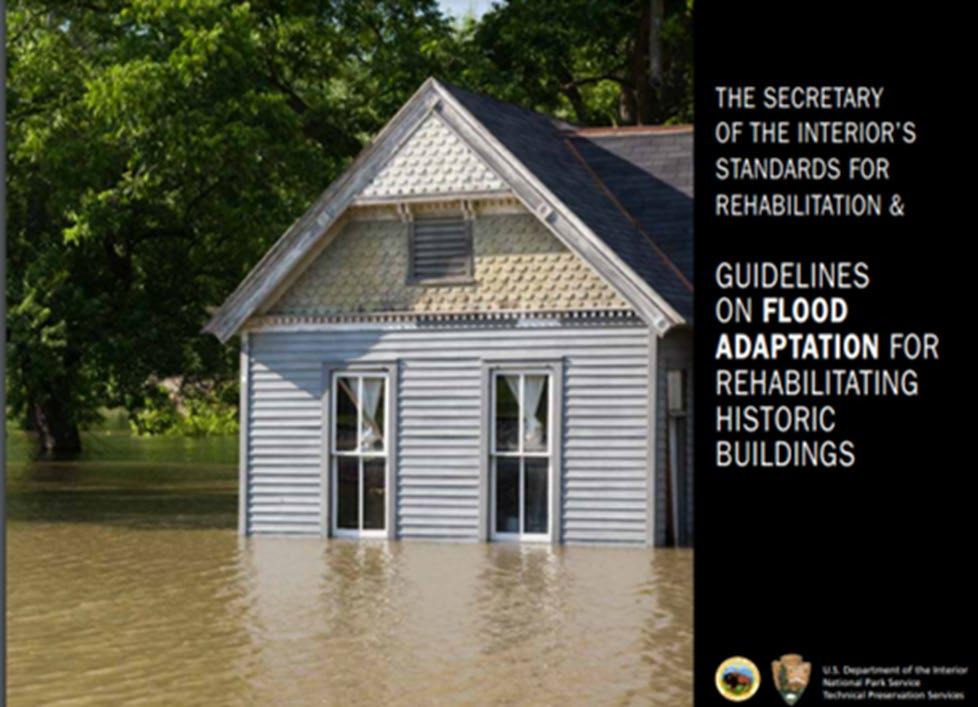
• Planning & Assessment

• Temporary Protective Measures
• Site & Landscape Adaptations
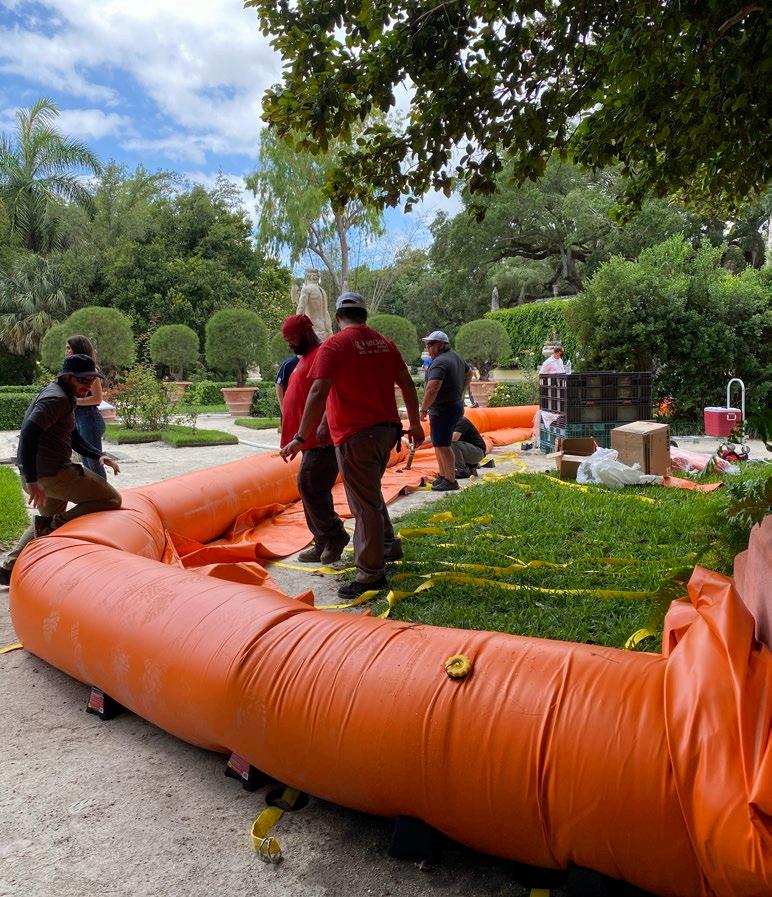


• Protect Utilities
• Dry Floodproofing
• Wet Floodproofing
• Elevate on a New Foundation
• Elevate on the Interior
• Abandon the Lowest Floor
• Move the Building

Design guidelines + resilience
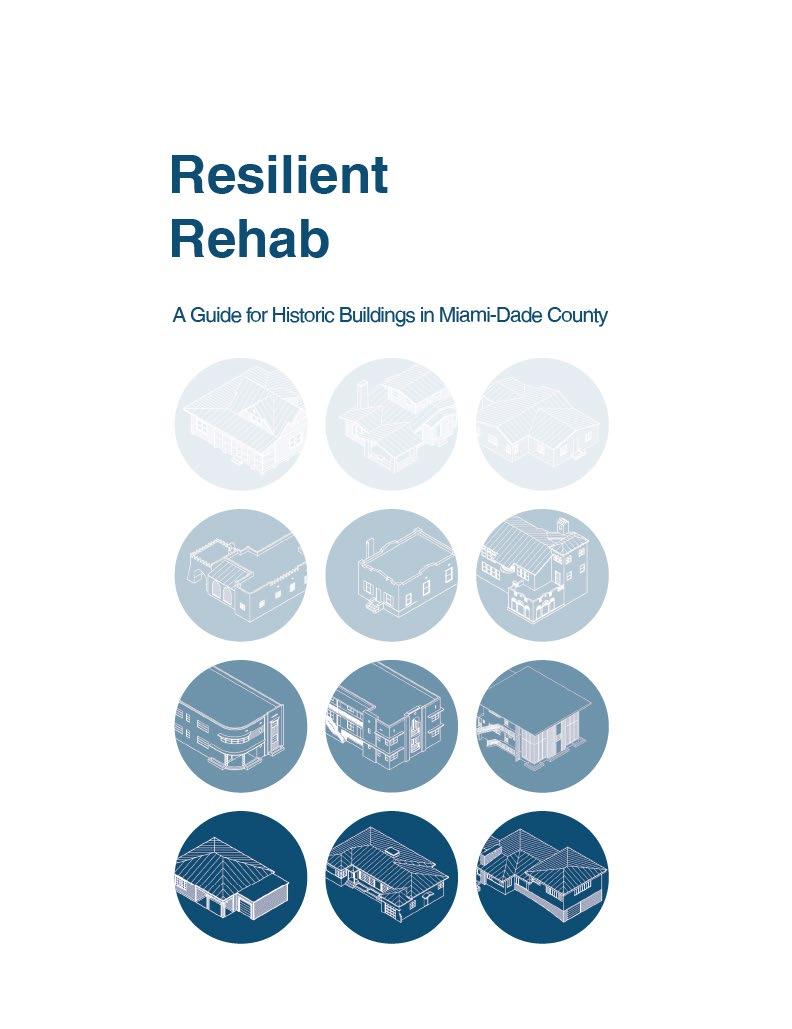
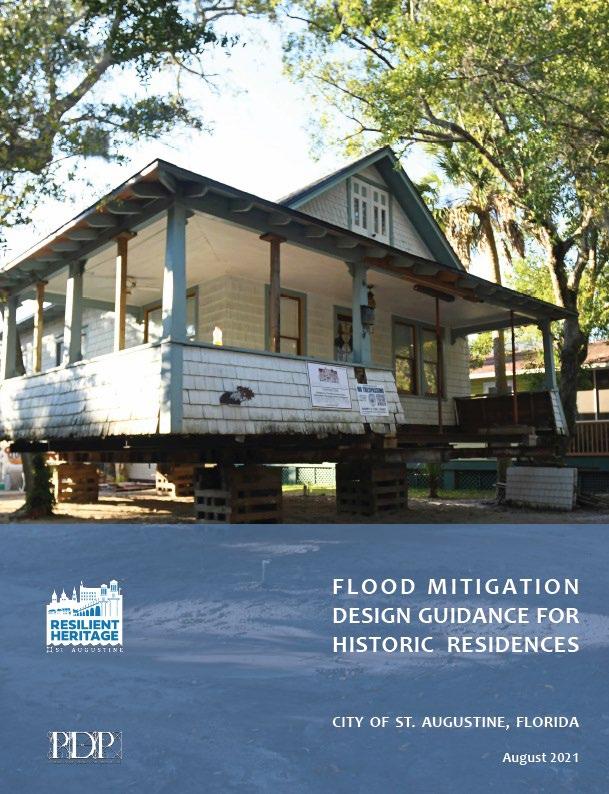
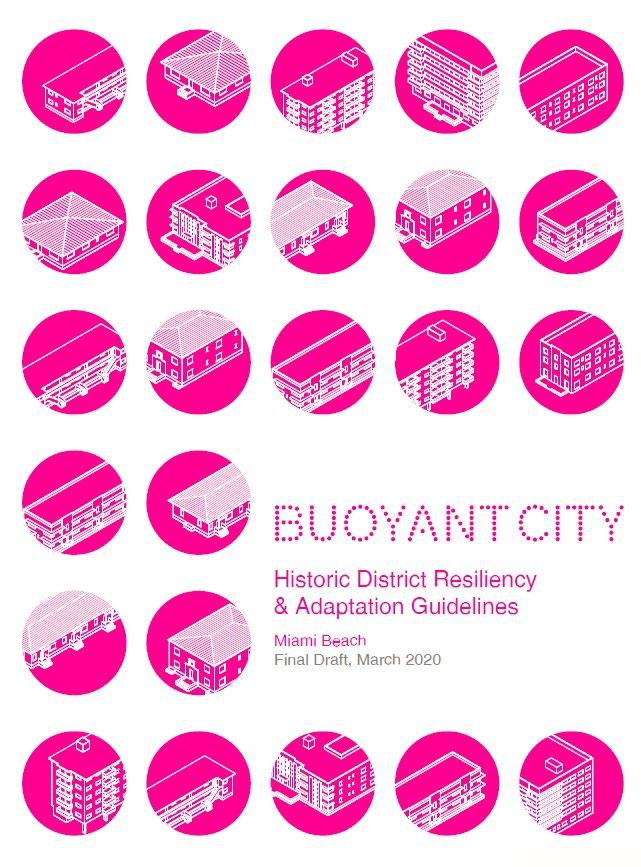




Any questions?



Thank you!


































































